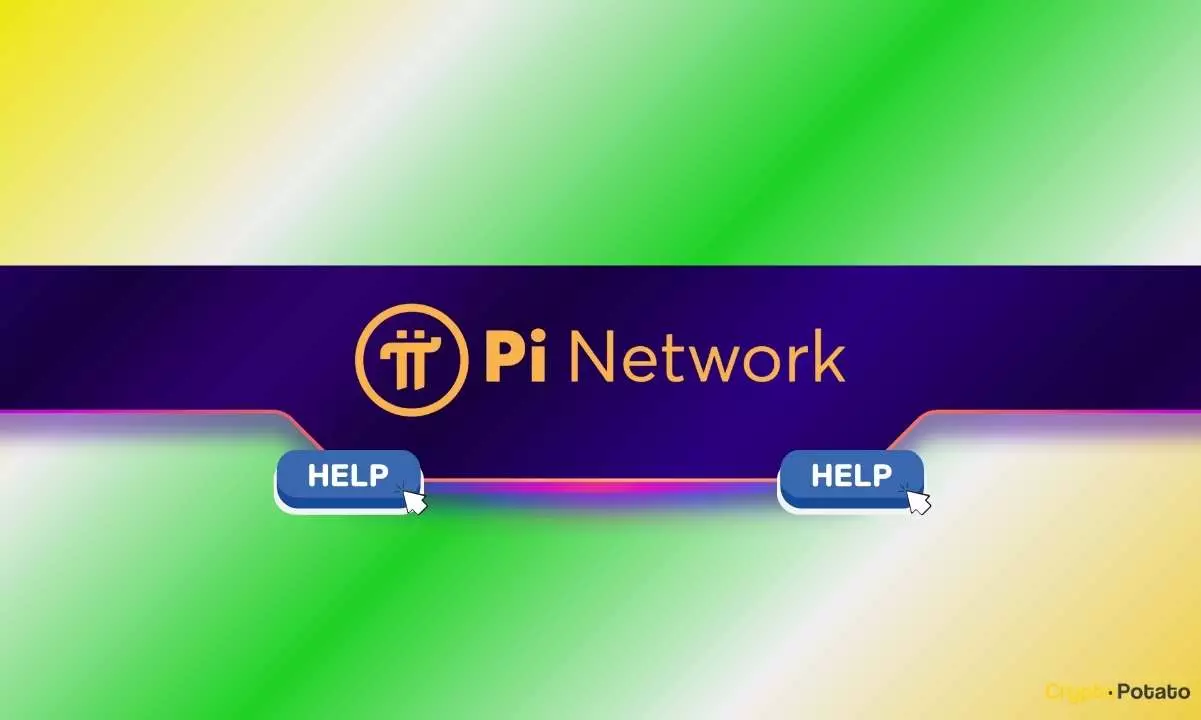The advent of blockchain technology has opened new avenues in the world of cryptocurrency, but few projects have garnered as much intrigue and skepticism as the Pi Network. Launched nearly six years ago, this cryptocurrency project has managed to cultivate a large user base while constantly facing delays related to the launch of its native token and open mainnet. Recent updates indicate some modifications in KYC (Know Your Customer) procedures, sparking questions about the project’s sustainability, efficacy, and future.
A significant aspect of Pi Network’s current narrative revolves around its KYC verification process. The project relies on reaching a crucial milestone where 15 million users successfully pass these verifications before the launch of the mainnet. However, the deadline for achieving this transition has seen multiple extensions, the most recent being pushed from January 31 to February 28. This pattern raises eyebrows among critics and users alike, questioning whether the project is solid or merely experimental.
Adding to the complications of KYC verification, some users have reported difficulties with name mismatches and small errors in phone number entries. Such issues have led to the introduction of an appeal process, allowing users with rejected applications due to these discrepancies to resubmit their applications. A peculiar aspect of this appeal process is the penalty required: users must forfeit a part of their existing Mobile Balance to update their details. This approach seems to be a double-edged sword; while it attempts to facilitate smoother user experiences, it also risks alienating those reluctant to lose assets during an already convoluted verification process.
In response to the growing frustrations among users regarding these KYC challenges, Pi Network has employed strategies to enhance user engagement. One effective tactic was the formation of dedicated Telegram channels where moderators provide real-time assistance to users navigating their KYC journeys. This initiative suggests that even the project’s developers recognize the difficulties users face and are actively working to streamline the process.
Moreover, the introduction of guidelines to make minor corrections—such as changing two digits of phone numbers to rectify entry errors—reflects an understanding of user behavior. However, imposing strict limitations to prevent exploitation comes at the cost of convenience for ordinary users, ultimately creating hurdles that may turn potential advocates into skeptics.
Despite the ongoing controversies surrounding Pi Network, its global community continues to grow, particularly in Asia. The application has reportedly crossed the milestone of 100 million downloads, making it a significant player in countries like South Korea, India, and Vietnam. As reported by sources like CryptoPotato and others, South Korea has even seen its user base exceed 1.3 million, surpassing traditional cryptocurrency exchanges like Binance and Coinbase. Such statistics signal a robust community potential that could support the project moving forward.
However, the question remains: is this growth sustainable? Given the delays and inherent uncertainties involved in the KYC process, the community’s patience may run out if significant changes don’t materialize soon. Furthermore, the gap between the number of downloads and actual KYC approvals suggests that while interest exists, user engagement in the long term may be uncertain.
In analyzing the Pi Network’s current environment, it becomes evident that the project is at a crossroads—caught between user expectations and operational realities. While the community is large and engaged, the ongoing challenges surrounding KYC and mainnet launch timelines could threaten the project’s longevity if not adequately addressed.
To secure a promising future, Pi Network must focus on improving user experience, expediting the KYC process, and eventually delivering on the long-anticipated mainnet launch. For now, the project navigates a delicate balance between fostering community enthusiasm and managing skepticism, with the coming months poised to be critical in determining its trajectory within the competitive cryptocurrency landscape.















